Advancements in technology are reshaping how fashion is made and sold
Advancements in technology are reshaping how fashion is made and sold
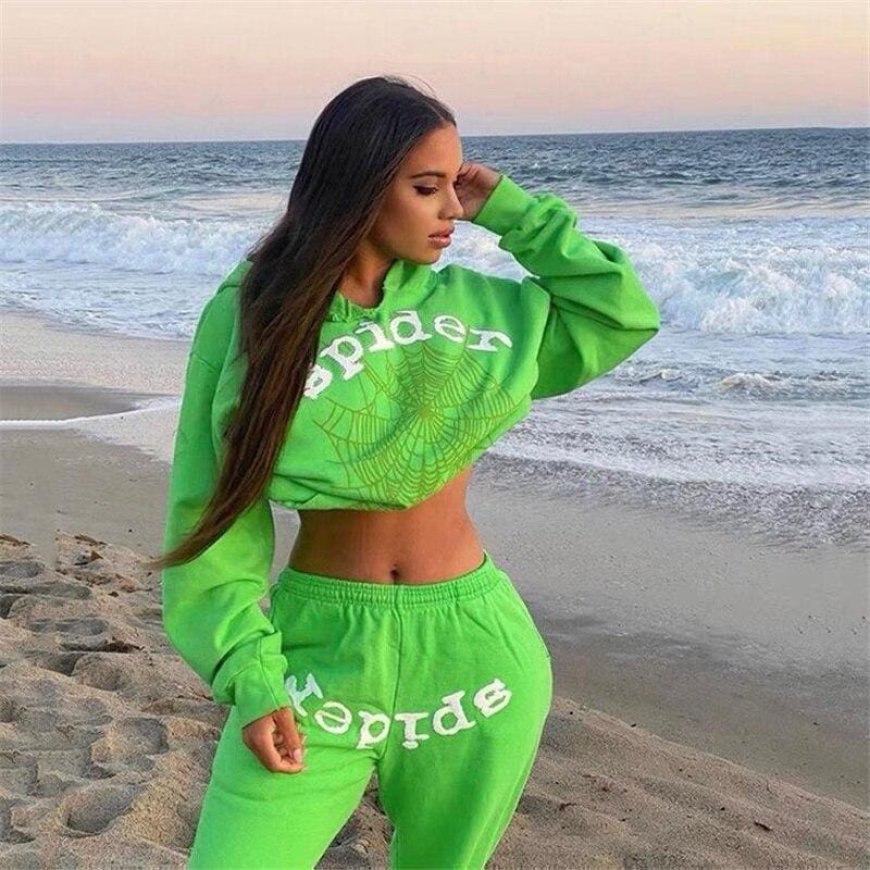
The Digital Transformation of the Fashion Industry
The fashion industry is undergoing a seismic shift. Visit now the Spider hoodie. What was once a sector rooted in traditional processes is now becoming increasingly digitized. From AI-driven design to blockchain-based authentication, technology is rapidly transforming every link in the fashion supply chain.
AI-Powered Design Tools Revolutionize Creativity
Artificial Intelligence is not just streamlining operations — it's also fueling creativity. Designers now use AI to generate patterns, predict color trends, and even produce entire fashion lines. Platforms like Heuritech and Fashwell analyze millions of images from social media to identify trending shapes, fabrics, and styles in real-time.
Predictive Analytics: Staying Ahead of Trends
By using machine learning algorithms, brands can predict fashion trends months in advance. These systems sift through data from search engines, e-commerce sites, and social media, allowing companies to tailor their production schedules to meet emerging demand. This is essential in a world where speed-to-market is everything.
3D Design Software for Prototyping
Digital tools such as CLO 3D and Browzwear enable designers to create true-to-life garment simulations without producing a single physical sample. This not only reduces waste but significantly cuts development timelines and costs.
Virtual Sampling Reduces Environmental Footprint
Traditional sampling requires multiple iterations of a garment to get it right. Virtual sampling eliminates the need for physical resources at this stage, aligning with the growing demand for sustainable fashion practices.
Made-to-Order Becomes Scalable
Technological advancements in automated manufacturing and digital printing have made it feasible for brands to offer on-demand fashion. This production model reduces inventory risk, minimizes waste, and meets the consumer demand for personalized products.
Custom Fit Through Body Scanning
Brands like Zozosuit and MTailor use 3D body scanning technology to offer consumers perfectly fitted clothing. With smartphone cameras and wearable scanners, consumers can submit precise body measurements from home, which are then used to tailor garments to exact specifications.
AR and VR in Online Shopping
Augmented Reality (AR) and Virtual Reality (VR) are taking e-commerce to the next level. Consumers can now try on clothes virtually using AR apps or explore 360° showrooms with VR headsets. This improves customer confidence and reduces return rates—an essential metric for online retailers.
AI-Powered Personalization
AI algorithms track browsing behavior, purchase history, and user preferences to offer personalized product recommendations. By delivering highly relevant suggestions, brands can significantly increase their conversion rates and customer loyalty.
Blockchain for Transparency and Counterfeit Prevention
Luxury fashion brands are adopting blockchain technology to create digital records of every product. Check it now, Sp5der hoodie. Platforms like Aura Blockchain Consortium and Everledger allow consumers to verify the authenticity and trace the origin of their purchases with a simple QR code scan.
Enhancing Supply Chain Transparency
With blockchain, every stage of production— from fabric sourcing to distribution—can be securely recorded. This offers unprecedented transparency, helping brands build trust and meet rising consumer demand for ethical fashion.
Integrating Technology Into Garments
From temperature-regulating fabrics to biometric sensors, smart textiles are the next frontier. Brands like Ralph Lauren and Levi’s are experimenting with clothing that can monitor heart rate, control smartphone functions, or even change color based on mood.
Functionality Meets Fashion
The fusion of functionality and style is making wearable tech appealing to the mainstream market. Smart jackets, shoes with GPS trackers, and yoga pants that correct posture are not only innovative but meet growing consumer expectations for tech-integrated lifestyles.
Tech-Enabled Recycling and Upcycling
Innovations like textile-to-textile recycling and AI-powered waste sorting are solving one of fashion’s biggest issues: waste. Technologies developed by companies like Worn Again Technologies are making it easier to recycle blended fabrics into new, high-quality materials.
Digital Fashion Reduces Physical Waste
The rise of digital fashion, where users buy and wear clothes only in the virtual world, also represents a zero-waste solution. Platforms like DressX offer digital outfits that can be worn in photos and on social media without any physical production involved.
Seamless Shopping Through Social Media
Social platforms like Instagram, TikTok, and Pinterest are becoming major e-commerce hubs. Features like shoppable posts and live stream sales allow users to purchase items instantly, creating a direct line between inspiration and conversion.
Influencer-Driven Microbrands
Technology has empowered influencers to launch their own fashion lines, often using dropshipping or print-on-demand models. These microbrands cater to niche audiences and rely heavily on engagement metrics and data analytics to scale quickly.
Digital Twins and Virtual Runways
Digital twins—virtual replicas of real products—enable brands to run simulations and test products before manufacturing. Similarly, virtual fashion shows reduce the environmental impact of traditional events while reaching a global audience.
AI-Powered Customer Service
Chatbots and virtual assistants, powered by natural language processing, are transforming customer interactions. These tools handle returns, answer queries, and even suggest outfits, enhancing the overall customer experience.
Conclusion: A New Era of Fashion Innovation
The convergence of AI, blockchain, AR, 3D modeling, and smart textiles is not just changing how clothes are made and sold—it’s redefining what fashion is. This technological evolution is pushing brands toward efficiency, personalization, and sustainability, setting new benchmarks for the entire industry.
Fashion is no longer just about aesthetics—it's about data, technology, and innovation. Those who embrace this transformation will not only survive but lead in the next era of global fashion.



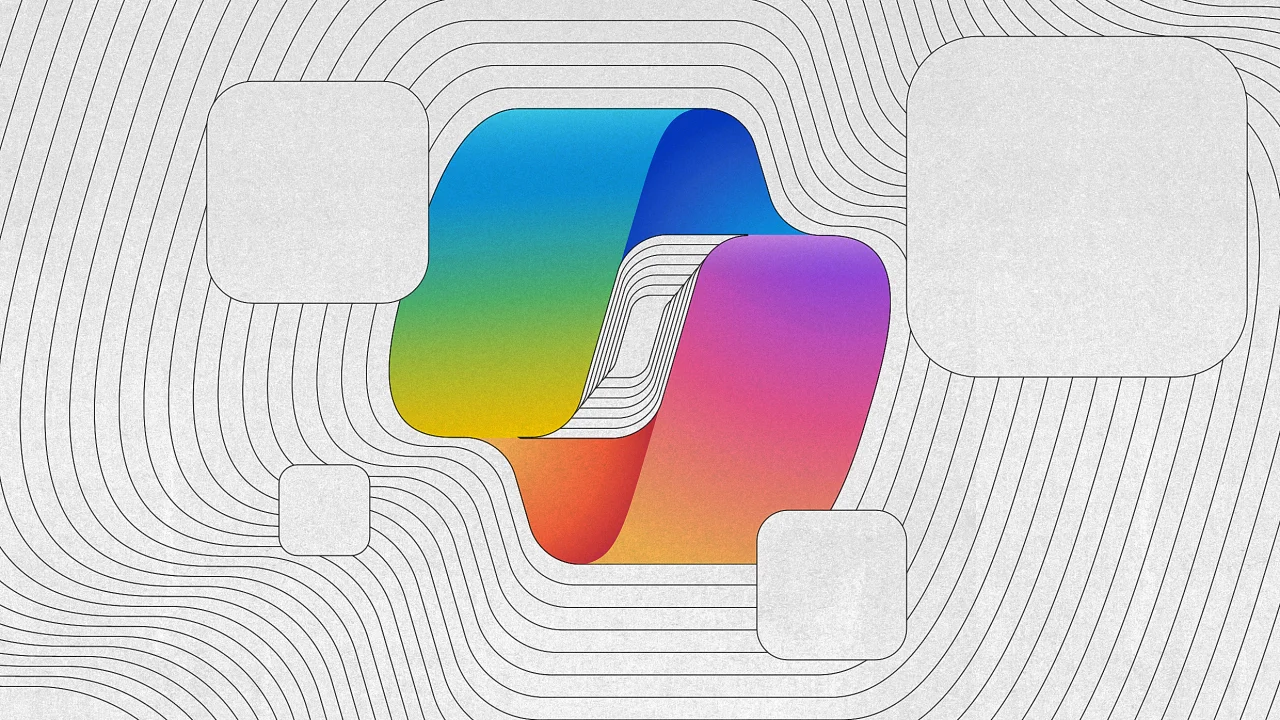































































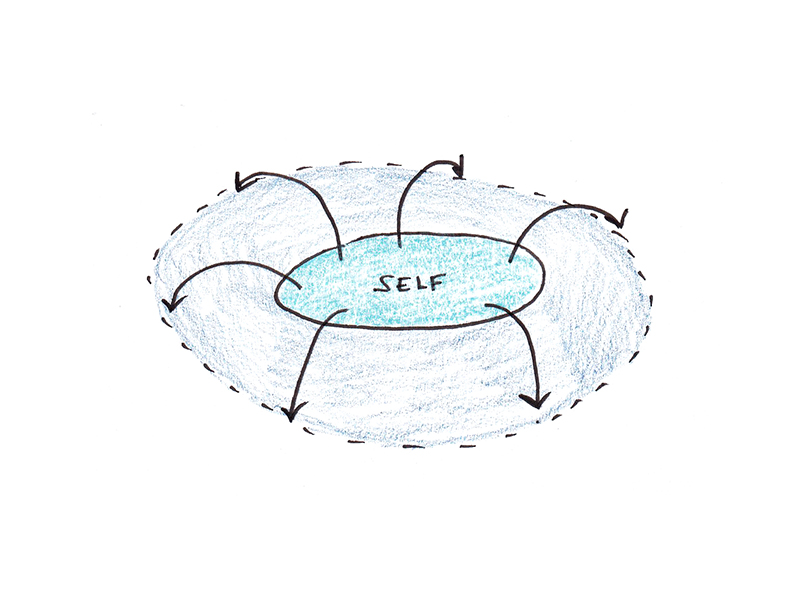



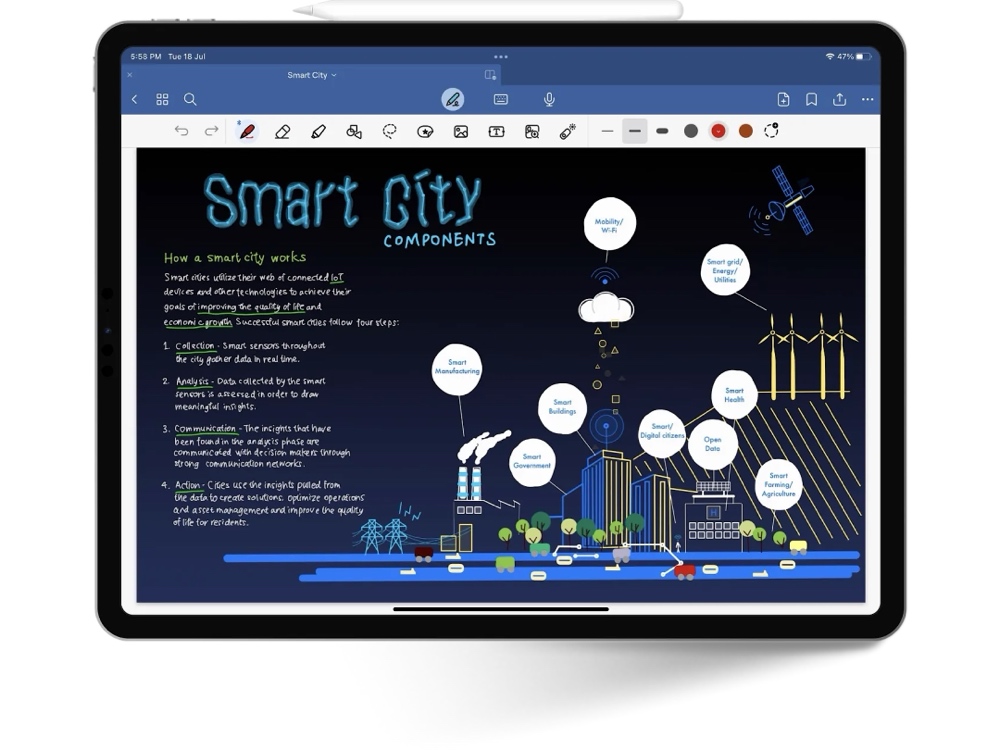
















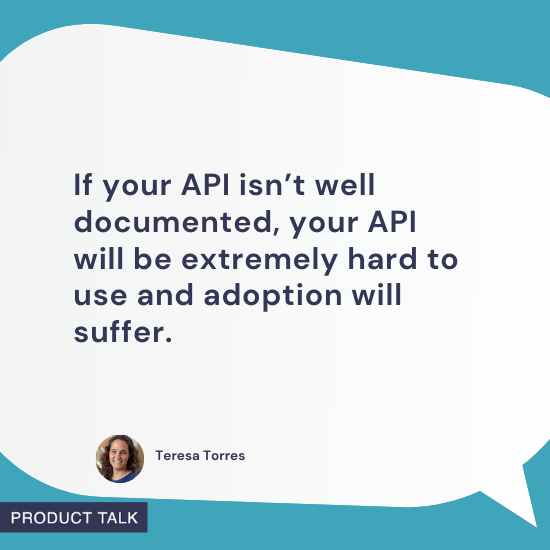



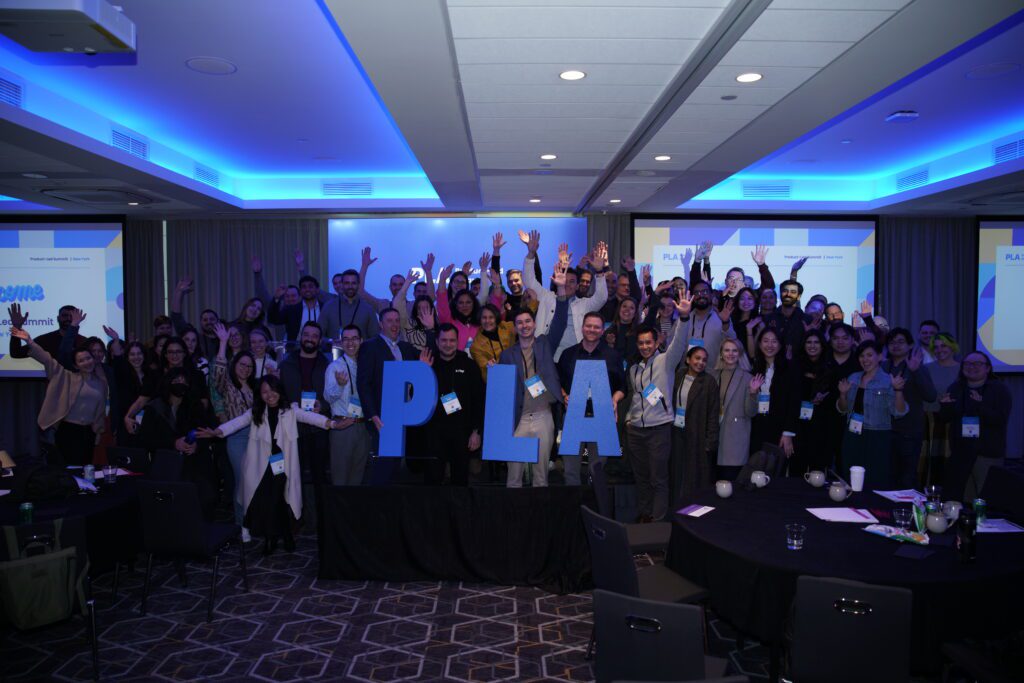







![Building A Digital PR Strategy: 10 Essential Steps for Beginners [With Examples]](https://buzzsumo.com/wp-content/uploads/2023/09/Building-A-Digital-PR-Strategy-10-Essential-Steps-for-Beginners-With-Examples-bblog-masthead.jpg)
















































